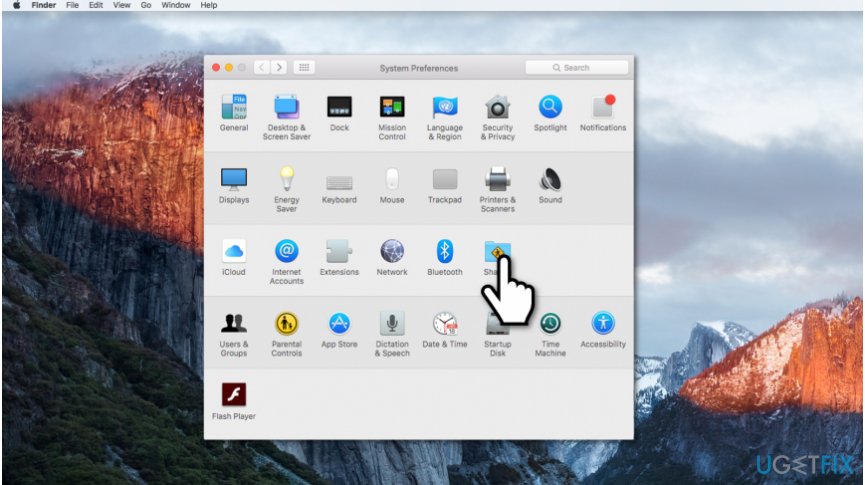
The screen resolution should be high enough for you to see what you’re doing.
Mac screen sharing full screen password#
If you’re connecting to a machine that you’re not logged into with your Apple ID (i.e., it belongs to another family member or a coworker), you have to log in to that computer with a valid username and password.Īpple’s Screen Sharing feature uses a built-in VNC server, which means you can also use just about any VNC viewer app to connect to and control your Mac from a non-Apple device. Make sure you enable the “VNC viewers may control screen with password” option, set a password in “Computer Settings,” and then use an app like TigerVNC to connect.īecause you’re sharing your screen locally, you should enjoy a relatively smooth performance. If the same Apple ID is signed in on both Macs (i.e., they’re both yours), the sharing session starts immediately without a prompt. Type the VNC address or hostname you noted earlier, and then click connect. Launch Finder, and then click Go > Connect to Server in the menu bar.Click (or double-click) the computer, click “Share Screen,” and then wait for it to connect. Look for the computer you want to access (you might have to click Network to see it). Launch Finder, scroll down the sidebar until you see “Locations” (click “Show,” if necessary).You can now access your Mac from another on your local network. You can change who has access to screen sharing, but, for simplicity’s sake, we recommend you leave this set to “All users.” As long as you set a password for VNC control under “Computer Settings,” your computer should be protected. However, he or she will have to know the VNC address (e.g., vnc://10.0.0.5) to connect. VNC viewers may control screen with password: If you enable this, it allows anyone to connect to your Mac via a standard VNC viewer, like TigerVNC.He or she can simply request control, and then you can manually grant it.


You can share your screen, relinquish control, or invite the other party to control your Mac. It simultaneously initiates a FaceTime call, so you can also talk to the person on the other end. If you want to share your screen with someone on another Mac over the internet, give iMessage a shot. You can also use this method to take full control of a remote Mac, although it doesn’t natively work over the internet. The built-in Screen Sharing feature on macOS is ideal for sharing your screen with another Mac over your local network. There are three options you can choose from to successfully share your screen, view another person’s screen, or control a remote Mac. Third-party apps, like TeamViewer, work on both macOS and Windows, too. Because Macs have built-in screen-sharing, you can share your screen with another Mac over your local network via the integrated VNC server, or over the internet via iMessage.


 0 kommentar(er)
0 kommentar(er)
